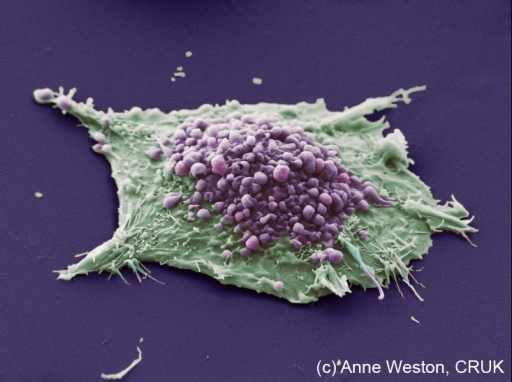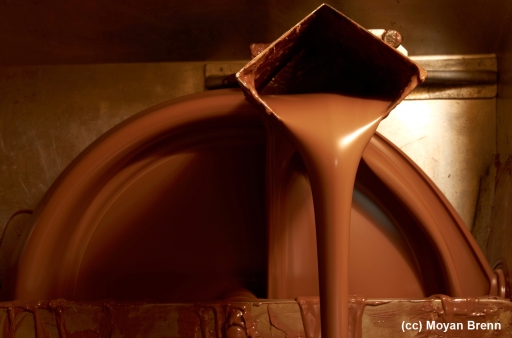Atoms form the building blocks of everything that exists in the world, holding chairs, rocks, water and our bodies together in strong, stable structures.
But atoms themselves are made up of lots of composite parts, called sub-atomic particles. Such particles exist in high energy states, and we can find out much more about them using huge particle accelerators, like the Large Hadron Collider. In these machines, atoms are smashed together to leave behind a big pile of sub-atomic debris. This can be sifted through to identify the pieces that are left behind, and to find out exactly how atoms stick so tightly together.
Although it’s fun to hammer atoms together at close to the speed of light, learning more about the structure of matter also impacts our everyday lives. High energy particles are used in electronics, medicine, environmental clean ups and energy production, and exciting new particle accelerator discoveries can be expected to supply a steady stream of future advancements.
Particle accelerators improve medical treatments
High energy particle beams created by miniaturised particle accelerators are currently used in several cancer clinics to shrink tumours. These beams deliver an incredibly precise dose of radiation to cancerous tissue, and come with fewer side effects than traditional therapies. Fourteen centres across Europe currently offer particle accelerator cancer treatments.
Particle accelerators make chocolate smoother
Particle accelerators can unravel the molecular structures of different objects. For food scientists, the edible structures of tasty treats can be analysed to discover how different recipes produce the best flavours. For example, particle accelerator experiments have shown that fat-free chocolate CAN be tasty, depending on its atomic structure. Reducing the fat content typically leads to issues that scientists refer to as “poor in-mouth melting properties“. Chocolate recipes made with varying proportions of fats produce bars with different sub-atomic structures, some of which always go down smooth.
Particle accelerators help to clean up the planet
Toxic sludge can spill into the water, land and air, and cleaning it up is a chemically complicated problem. Analysing contaminated samples in a particle accelerator can tell us the exact blend of dirty elements present, what state they exist in and the best ways to purge them from the environment. Such analyses helped to clean up large spills of heavy metals in Hungary after tanks storing contaminated red mud excavated during mining operations accidentally failed.
Allison RR, Sibata C, & Patel R (2013). Future radiation therapy: photons, protons and particles. Future oncology (London, England), 9 (4), 493-504 PMID: 23560373
Do TA, Hargreaves JM, Wolf B, Hort J, & Mitchell JR (2007). Impact of particle size distribution on rheological and textural properties of chocolate models with reduced fat content. Journal of food science, 72 (9) PMID: 18034724
Burke IT, Mayes WM, Peacock CL, Brown AP, Jarvis AP, & Gruiz K (2012). Speciation of arsenic, chromium, and vanadium in red mud samples from the Ajka spill site, Hungary. Environmental science & technology, 46 (6), 3085-92 PMID: 22324637








